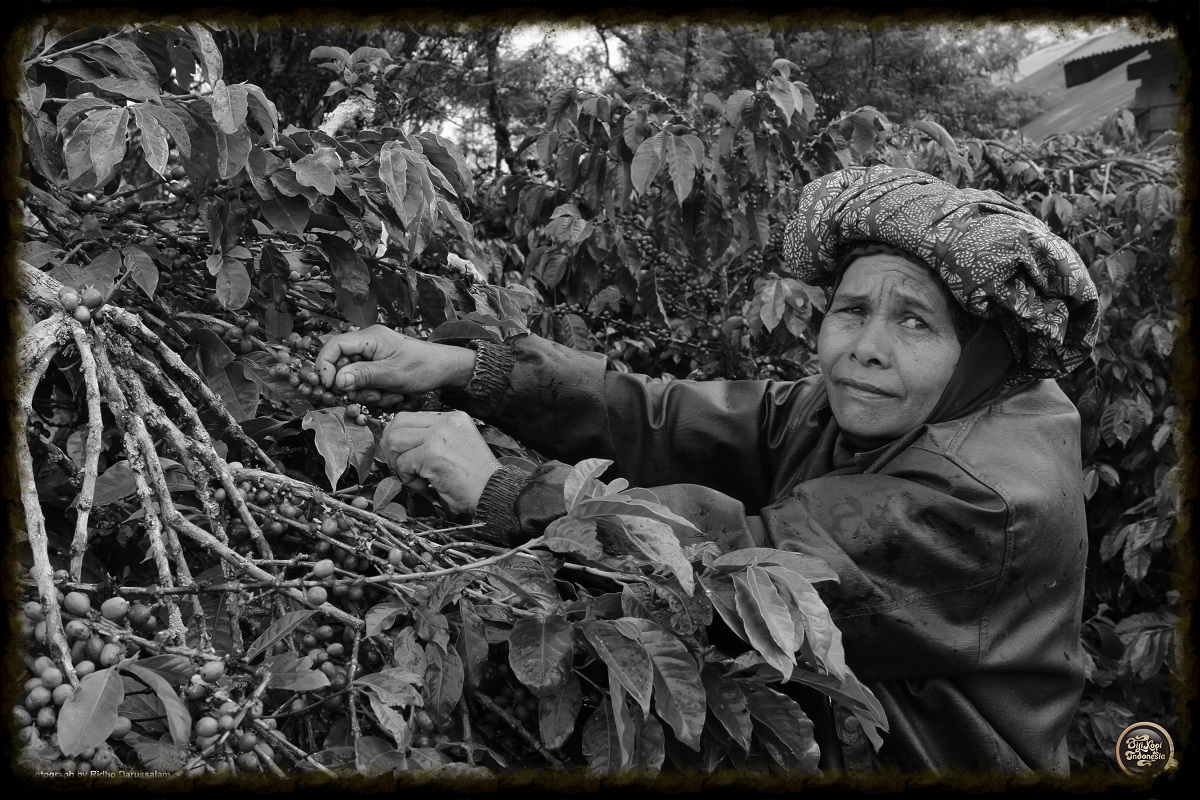SUMATRA
Mandheling Coffee
Sumatra Mandheling coffee is one of the common four types of Sumatra Arabica coffee. While most coffee is named after the growing region, or the country, Mandheling coffee is named after the Mandailing people that traditionally farmed and processed the coffee beans in the Tapanuli region. Later, the word spread to Japan, and then the name stuck as merchants began inquiring about the purchase of Mandheling coffee from Sumatra/
Coffee trees were brought to the island in the early 19th century in an attempt to break the near monopoly on coffee beans from other parts of the world. Mandheling coffee is grown in altitudes of 2,500 to 5,000 feet.
Gayo Coffee
This special coffee comes from the Gayo highlands in Central Aceh, near Lake Laut Tawar, which is surrounded by thousands of hectares of vegetation, mostly coffee and pine. The area is part of the Bukit Barisan mountain range, which stretches across the island of Sumatra. Small holding coffee plantations in the Lues, totaling 94,500 hectares. Almost 80 percent of coffee growers in Central Aceh maintains organic plantations.
Gayo coffee’s entry to the world commodity market is due to its highly valued, typical flavor. Its fine aroma and lack of bitter taste have become the characteristics of this Gayo Arabica product. The Gayo Coffee Research Agency, said Gayo Arabica coffee cannot be obtained from anywhere else because of the estates’ 1,200 meter altitude also pay a contributory role as both are ideal for growing coffee. The best and most widely planted varieties are Gayo 1 and Gayo 2.
The exceptional taste of Gayo coffee has made it a favorite among coffee drinkers in Europe, especially in the Netherlands. Gayo coffee belongs to the premium category, in equal class to other world-famous coffee.
Lintong Coffee
Lintong coffee is grown in the District of Lintongnihuta, to the south-west Lake Toba. This large lake is one of the deepest in the world, at 505 meters. The coffee production area is a high plateu, known for its diversity of tree fern species. This area produces 15,000 to 18,000 tons of Arabica per year. A neighboring region, called Sidikalang, also produces Arabica coffee.
Unlike many of Indonesia’s islands, Sulawesi is geologically ancient, dating back more than 100 million years. The long history has resulted in soils with a high iron content – thought to affect coffee flavor.



